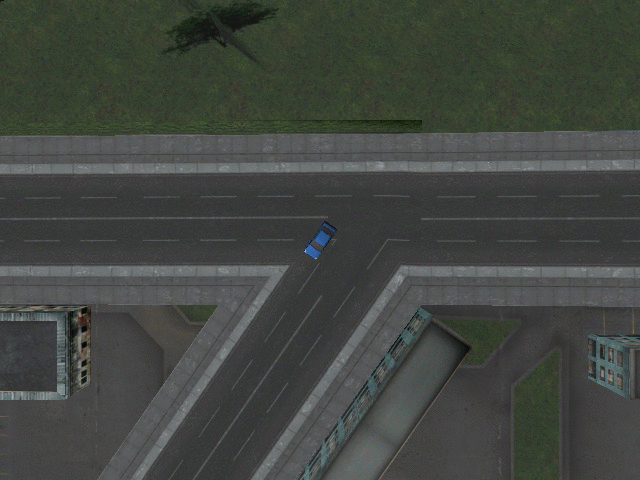Learning Visual Servoing with Deep Features and Fitted Q-Iteration
Visual servoing involves choosing actions that move a robot in response to observations from a camera, in order to reach a goal configuration in the world. Standard visual servoing approaches typically rely on manually designed features and analytical dynamics models, which limits their generalization capability and often requires extensive application-specific feature and model engineering. In this work, we study how learned visual features, learned predictive dynamics models, and reinforcement learning can be combined to learn visual servoing mechanisms. We focus on target following, with the goal of designing algorithms that can learn a visual servo using low amounts of data of the target in question, to enable quick adaptation to new targets. Our approach is based on servoing the camera in the space of learned visual features, rather than image pixels or manually-designed keypoints. We demonstrate that standard deep features, in our case taken from a model trained for object classification, can be used together with a bilinear predictive model to learn an effective visual servo that is robust to visual variation, changes in viewing angle and appearance, and occlusions. A key component of our approach is to use a sample-efficient fitted Q-iteration algorithm to learn which features are best suited for the task at hand. We show that we can learn an effective visual servo on a complex synthetic car following benchmark using just 20 training trajectory samples for reinforcement learning. We demonstrate substantial improvement over a conventional approach based on image pixels or hand-designed keypoints, and we show an improvement in sample-efficiency of more than two orders of magnitude over standard model-free deep reinforcement learning algorithms. Videos are available at http://rll.berkeley.edu/visual_servoing .
PDF Abstract

 ImageNet
ImageNet